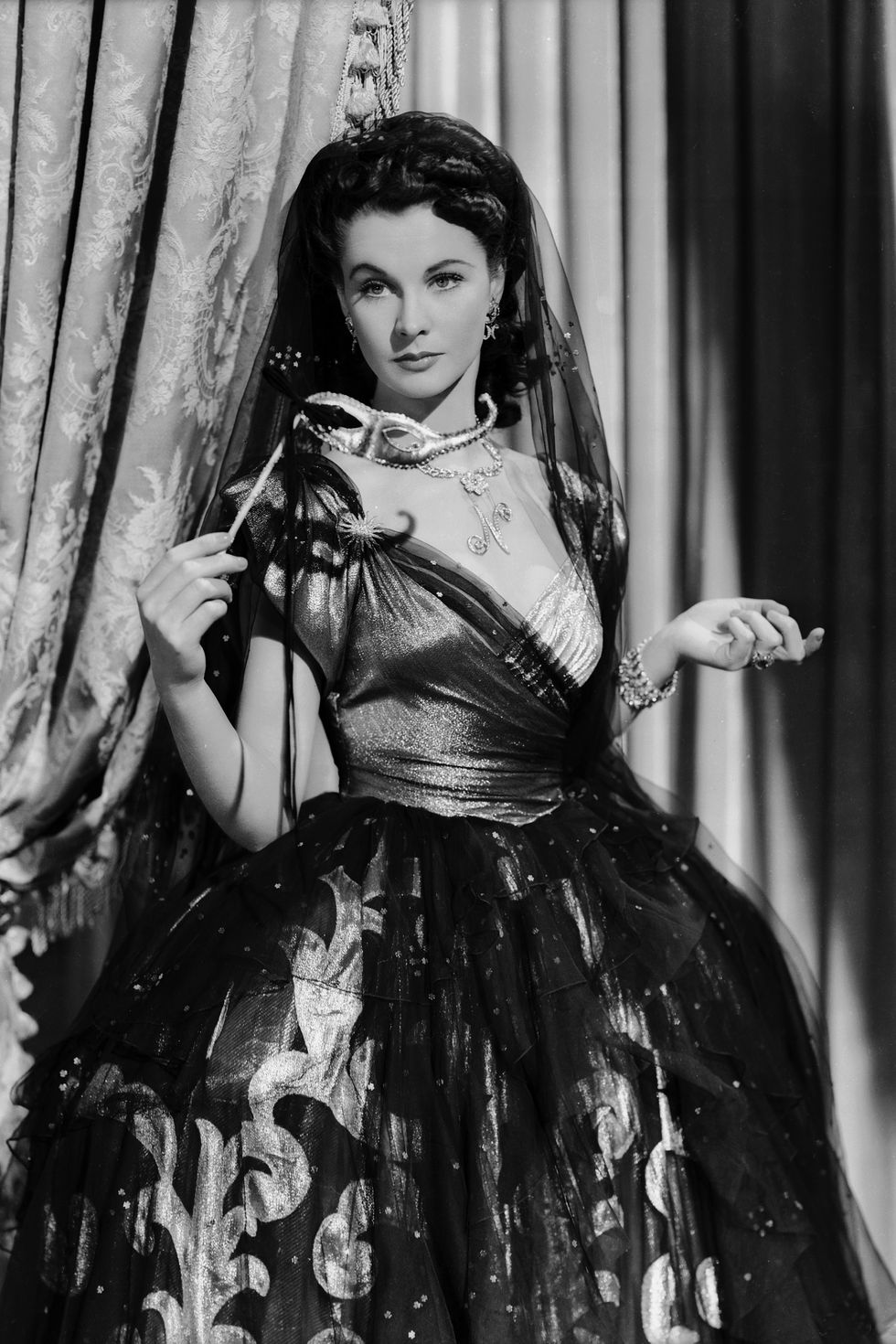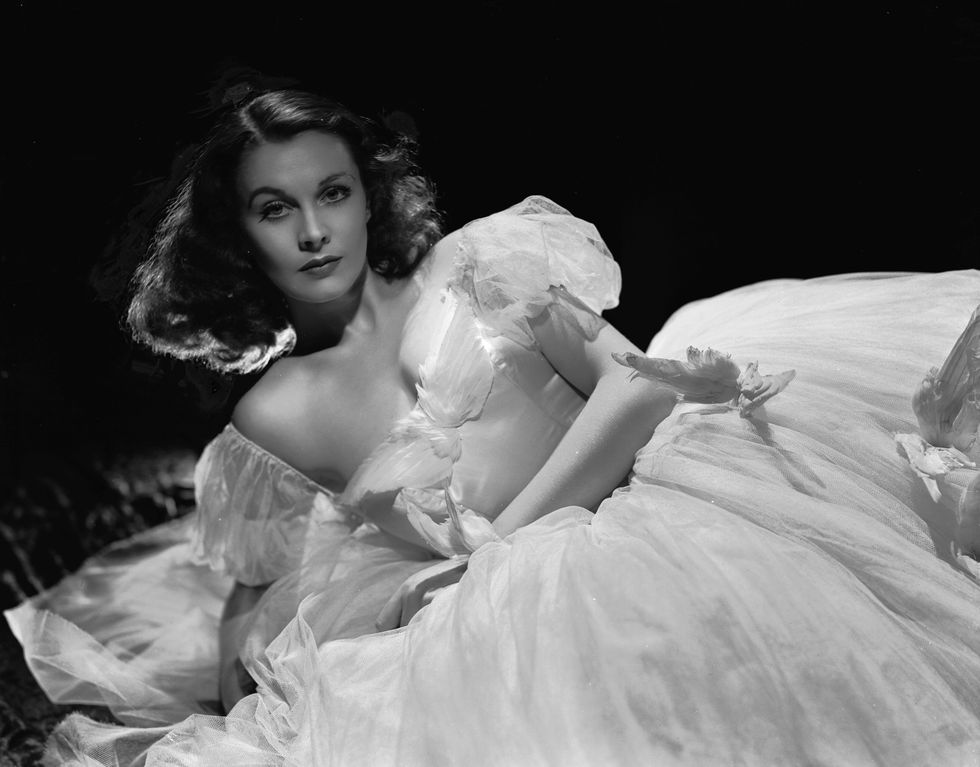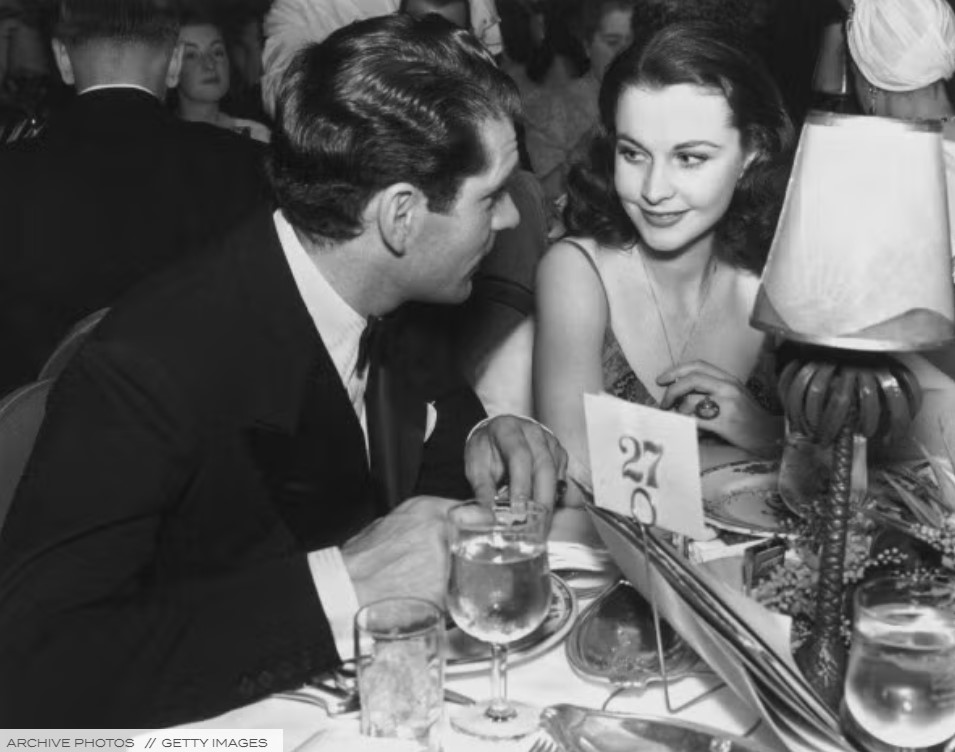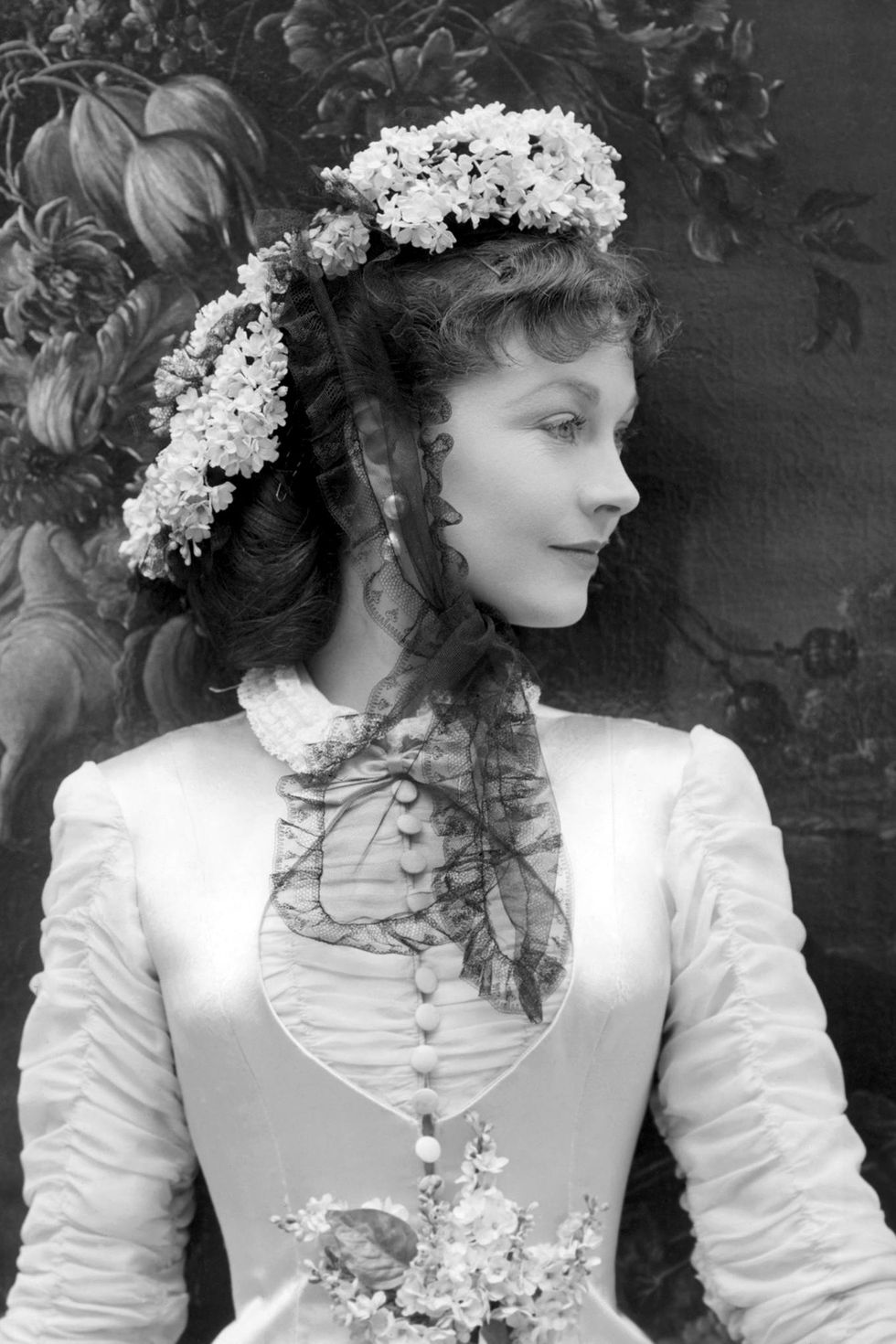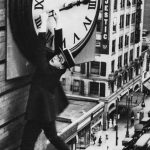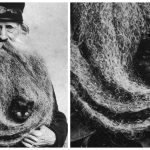Vivien Leigh’s unforgettable roles in Gone with the Wind and A Streetcar Named Desire turned her into one of Hollywood’s most iconic actresses. Her portrayal of Scarlett O’Hara, with all her fiery charm, captivated audiences, while her performance as the troubled Blanche DuBois solidified her talent and legacy.
Though her film career included only about 20 roles, each character she brought to life showed her dedication. Sadly, her life was cut short. Today, we’ll be back to time to learn more about the extraordinary life of young Vivien Leigh.
Vivien Leigh young
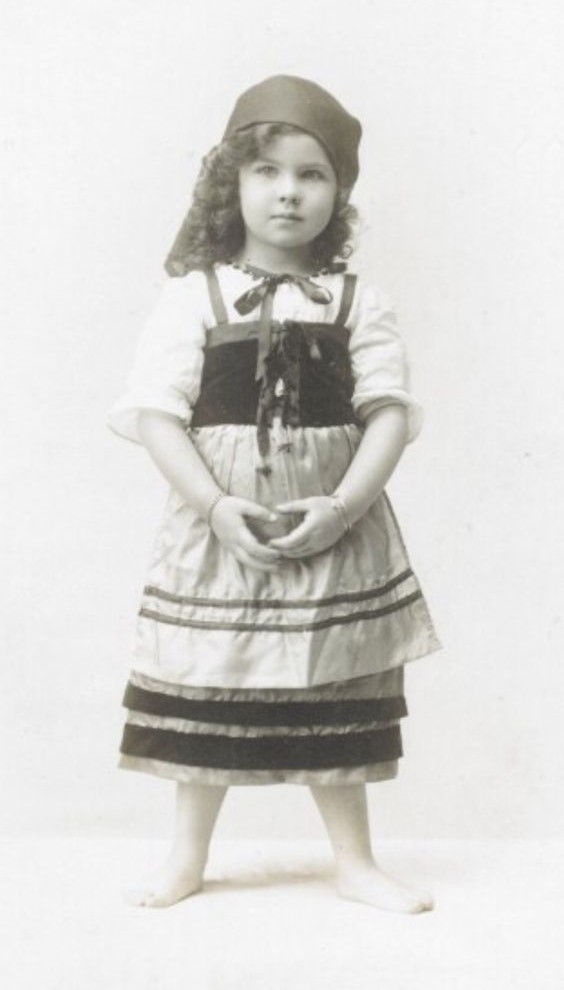
Vivian Mary Hartley, born on November 5, 1913, in India, moved to England with her family when she was just six years old. A childhood friend of future star Maureen O’Sullivan, Vivian often said she’d grow up to be an actress.
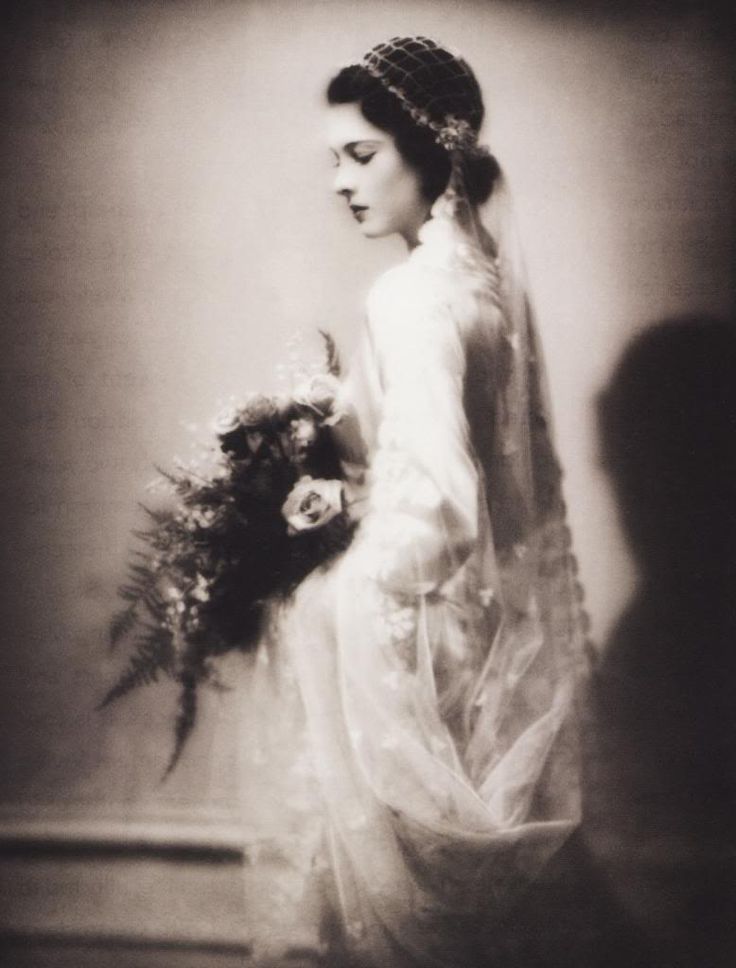
Pursuing her passion, she attended the Royal Academy of Dramatic Art. At 19, she married Herbert Leigh, had a daughter, and adopted his surname. When she returned to acting, she also reimagined her stage name, adjusting her first name to “Vivien” for a touch of glamor.
Her big-screen debut came in 1935 with The Village Squire, followed quickly by three more roles. With her natural talent and distinctive presence, Vivien swiftly rose to prominence, sharing the screen with some of the era’s biggest stars.
Vivien Leigh became an Iconic Fictional Character
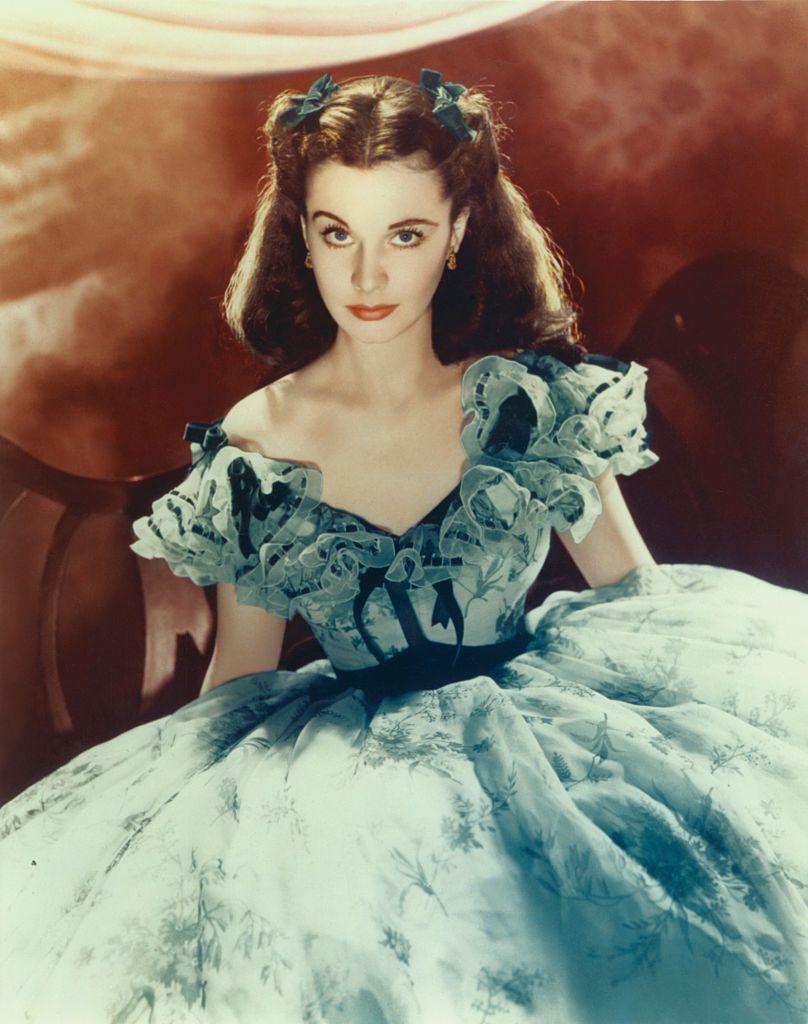
In 1939, Vivien Leigh took on the iconic role of Scarlett O’Hara in Gone with the Wind, starring opposite Clark Gable. Based on the 1936 novel, the role was highly sought after, with big names like Bette Davis and Katharine Hepburn in consideration. Yet, Leigh’s portrayal of the fierce Southern Belle won over audiences and critics alike, earning her an Academy Award for Best Actress.
In her personal life, Leigh left her husband, Herbert Leigh, in 1940 after meeting Laurence Olivier, a former co-star with whom she shared a passionate and complex relationship. Their romance became one of Hollywood’s most talked-about affairs.
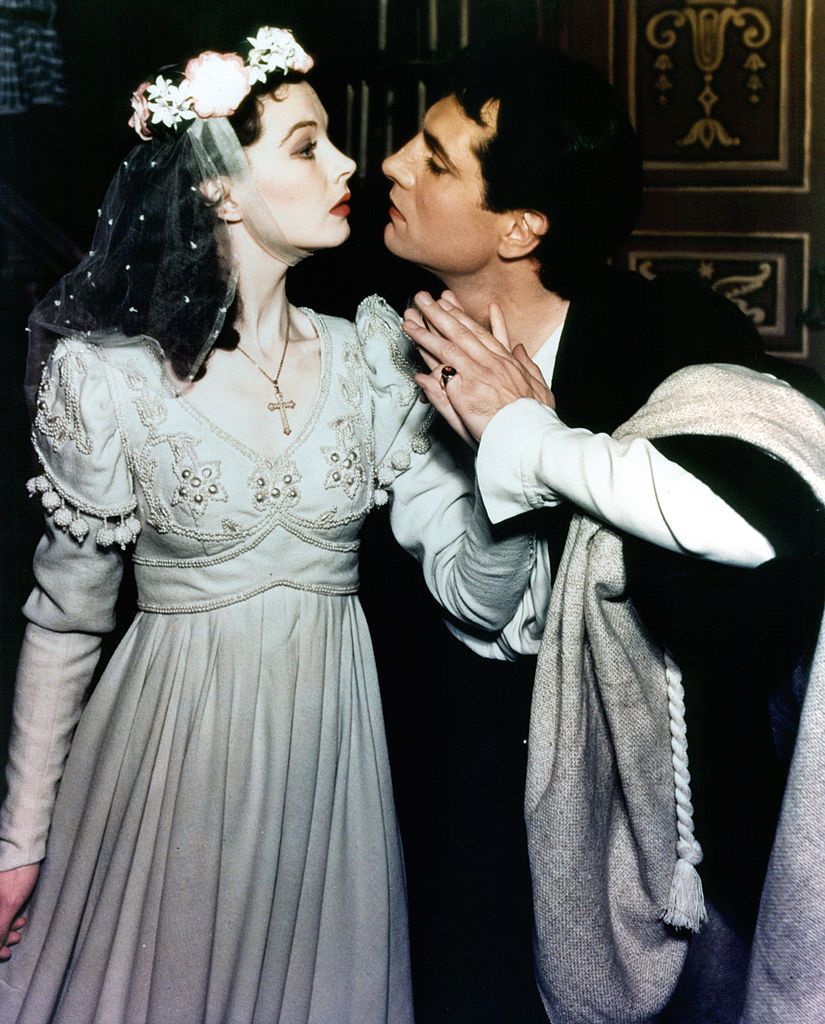
After Gone with the Wind, Vivien Leigh continued landing starring roles, appearing in films like Waterloo Bridge (1940), That Hamilton Woman (1941), Caesar and Cleopatra (1945), and Anna Karenina (1948). In 1951, she took on one of her most acclaimed roles, Blanche DuBois in A Streetcar Named Desire, working alongside Marlon Brando.
While her performance was unforgettable, the filming process took a toll. Leigh was dealing with bipolar disorder, which added intense challenges behind the scenes and strained her relationship with Laurence Olivier.
Leigh’s later life
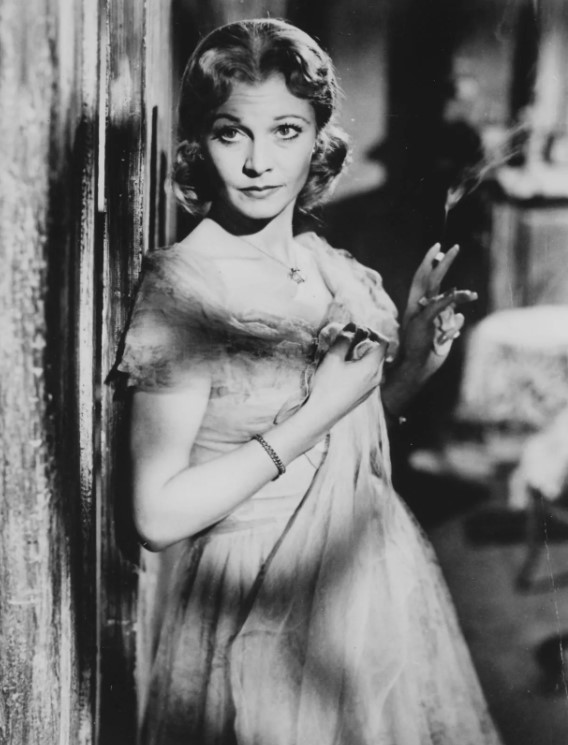
After A Streetcar Named Desire, Vivien Leigh’s film roles became fewer, with appearances in The Deep Blue Sea (1955), The Roman Spring of Mrs. Stone (1961), and Ship of Fools (1965). Her struggles with bipolar disorder began to limit her work on screen, though she continued acting on stage.
Leigh captivated theater audiences with standout performances in Duel of Angels (1960), Tovarich (1963), and Ivanov (1966). Her role in Tovarich even earned her a Tony Award for Best Actress in a Musical.
Tragically, her life was cut short in 1967 when she died of chronic tuberculosis at just 53. Despite her early passing, Leigh’s legacy endures, celebrated as one of Hollywood’s most iconic talents.
Bonus photos

